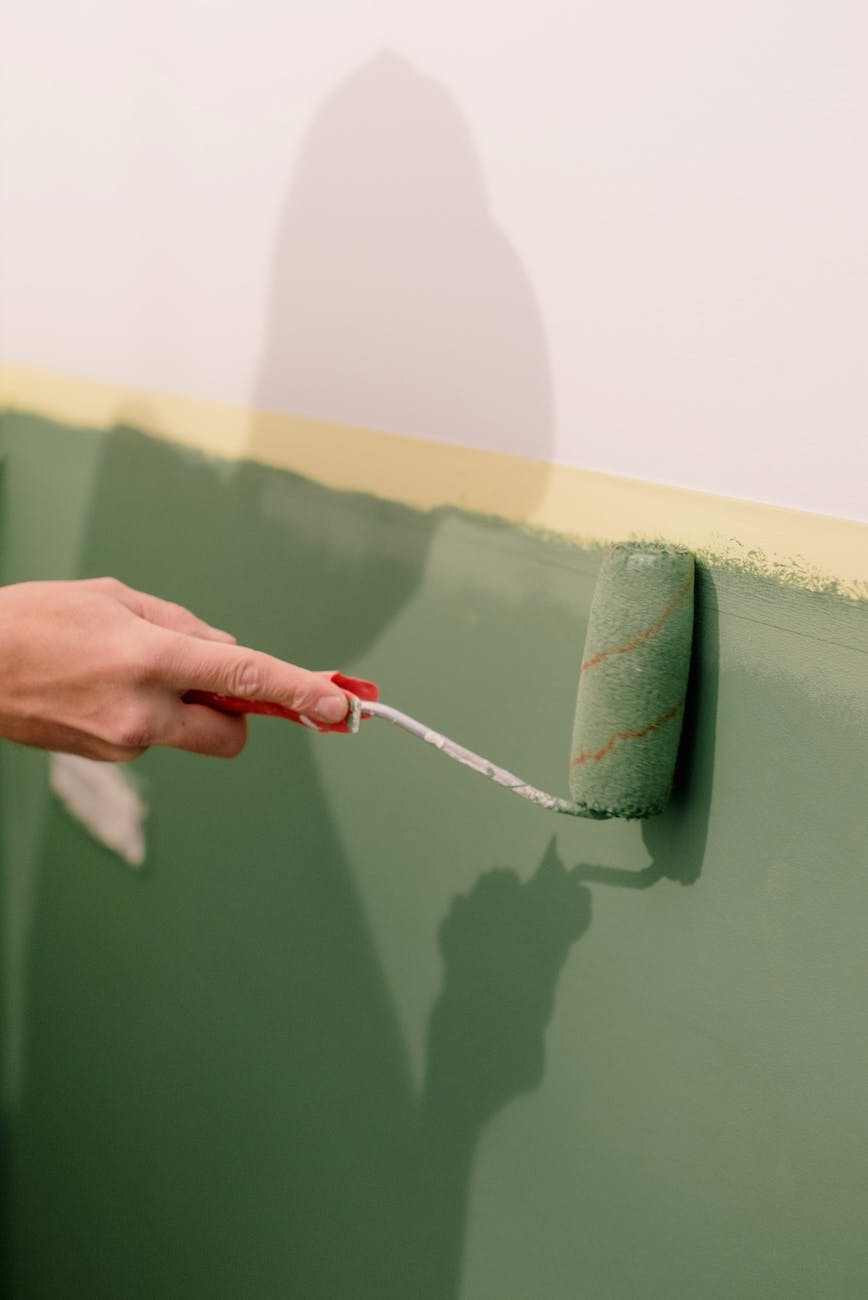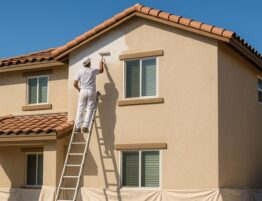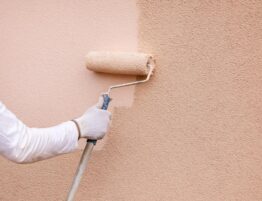
When it comes to painting your home’s interior, you have a variety of colors and finishes to choose from. The big question, whats difference between interior and exterior paint. Not all paint is created equally each has a specific purpose. In this blog post, we’ll explore everything you need to know about whether interior paint can be used outside.
The Differences Between Interior and Exterior Paints
First, it’s essential to understand the critical differences between interior and exterior paints. Interior paint is designed to be used indoors, where it won’t be exposed to the elements. It doesn’t need to be as durable or weather-resistant. Interior paint typically has a lower VOC (volatile organic compound) content, which makes it safer to use in enclosed spaces.
Exterior paint is specifically formulated to withstand the harsh conditions of the outdoors. It’s weather-resistant, fade-resistant, and resistant to mildew and mold growth. Additionally, the exterior paint has a higher VOC content, which makes it more durable and long-lasting.
Can You Use Interior Paint Outside?
While it may be tempting to use interior paint outside, it’s not recommended. Using interior paint outside can lead to peeling, fading, and other issues that could result in costly repairs. Interior paint isn’t designed to withstand the elements that exterior paint can handle. Here are some of the reasons why interior paint should not be used outside:
Durability: Interior paint is not formulated to withstand extreme temperatures, moisture, and sunlight. In turn it can cause the paint to crack, peel, and fade.
Water Resistance: Exterior paint is designed to be water-resistant. Interior paint is not water-resistant. However, they have “easy to clean” interior paints, but this doesn’t make it water-resistant.
Mildew and Mold Resistance: Interior paint is not formulated to resist the growth of mold and mildew. Because exterior paint is put up against harsh elements, it has been formulated to withstand mold growth.
UV Protection: Exterior paint does provide UV protection. That helps to prevent fading and discoloration caused by sunlight. Interior paint does not this means it can quickly become discolored and faded when used outside.
While it may seem like an easy solution, interior paint isn’t designed to withstand the elements that exterior paint can handle. By choosing the right paint for the job, you can ensure that your home looks great and is protected from the elements for years. Choosing the right company with this knowledge is so important. Wall Works has the years of experience in the painting industry. Call 951-695-5588 or email today to schedule your free estimate. To see pictures and read reviews visit us on Yelp and Google.








